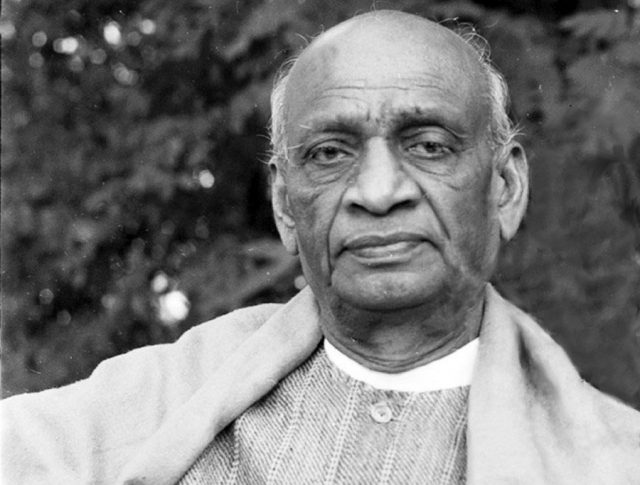
Mahatma Gandhi told Sardar Vallabhbhai Patel that, “The problem of the States is so difficult that you alone can solve it.” Patel became the knight in the shining armour when the country faced the biggest problem left by the British while departing India- more than 550 Princely States. The ‘iron man of India’, Sardar Patel was valued on the one hand for being politically astute and on the other hand for his pragmatic acumen, necessary to bring together more than 500 bits and pieces of royal territories into the fold of the Indian Union.
Article 1 of the Constitution states that ‘India, that is, Bharat, shall be a Union of States.’ No one can claim greater credit for the political unity of the country after the lapse of the Colonial State than Sardar Patel, ably assisted by VP Menon (Constitutional Adviser to Lord Mountbatten).
In 1947, Princely States numbering 555 covered 48 per cent of the area of pre-Independent India and constituted 28 per cent of its population. Legally, the Princely States were not a part of British India and the people of these states were not treated as British subjects. But, in reality, they were completely subordinate to the British Crown.
The Indian Independence Act, 1947, provided for the lapse of paramountcy of the British Crown over the Indian states. Each ruler had the option to accede to the dominion of India or Pakistan or continue as an independent sovereign mini-state. The rulers were often seen, perhaps rightly, as lackeys and stooges of the British Empire. Even in the “mutiny” of 1857, many of them actively assisted the British. Lord Canning acknowledged their role as “breakwaters in the storm which would have swept over us in one great wave.”
Realpolitik of Sardar
Incidentally, Patel was also the first Congress statesman to have supported Partition as the most viable solution to Muslim separatist movement in India. On June 27, 1947, he was made the Minister in charge of the new States Department. He, along with his secretary Menon was given the task of negotiating with the Princes. Between them, they produced a draft instrument of accession which would be signed by the Princes as an agreement to transfer control of the defence, foreign affairs and communications to the Congress Government.
Patel often invoked the patriotism of the Princes in his attempt to convince them to join India. On other occasions, he reminded them of the possibility of anarchy on the event of their refusal to join. He also introduced the concept of ‘Privy Purses’ as a payment to be made to the families of the Princes for their agreement to integrate with India.
The negotiation over the instrument of accession in the case of each Princely State is an intriguing story. All the varying craft of diplomacy were used! Constitutional negotiations, promising benefits, stroking patriotism, threats and even action by armed forces had to be used to consolidate the unity of India.
Nizam’s Hyderabad and “Operation Polo”

The chaos over the rumours that Hyderabad was arming itself with support from the Portuguese administration in Goa and Pakistan led to communal clashes and added to the tension in the State. Nizam was getting ready to side with Pakistan. The idea of Hyderabad arming itself aided by Pakistan did not go down well with the Indian Government. Sardar Patel described the idea of an independent Hyderabad as “an ulcer in the heart of India which needed to be removed surgically.” It was when talks between India and Hyderabad started, and India decided to annex Hyderabad. This operation was named “Operation Polo”. Though it was only a five-day war that began on September 13 and lasted till September 18, it was significant as the Indian Army took over a powerful state and Hyderabad was attached to India.
Source: Organiser














